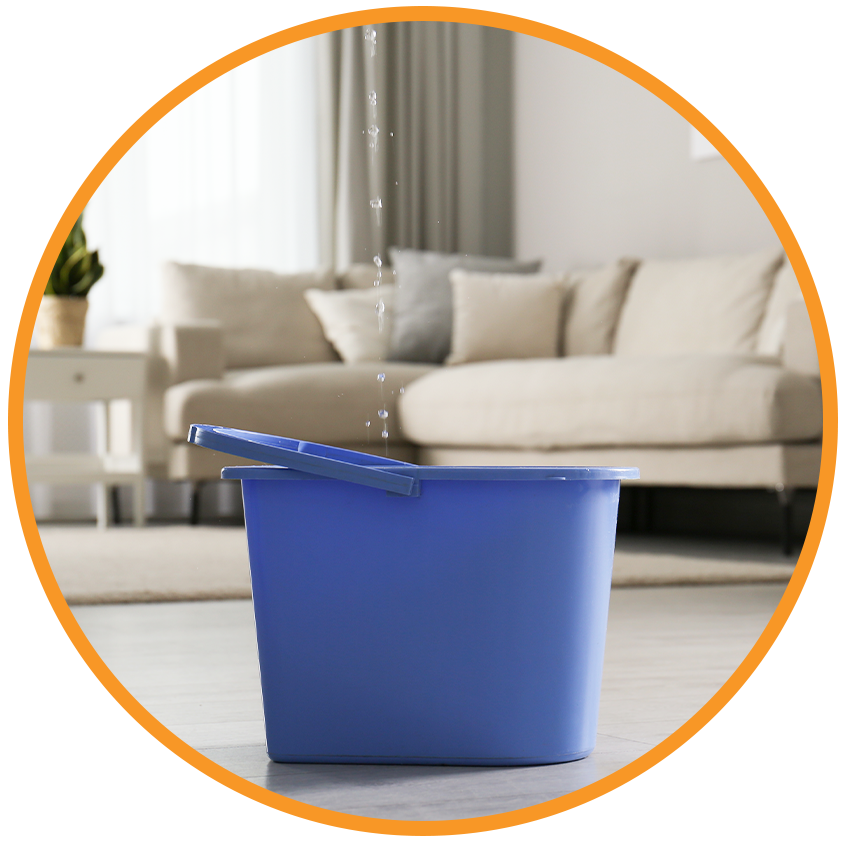Ultimate Guide to Effective Water Damage Removal

Ultimate Guide to Effective Water Damage Removal
Water damage is a significant threat to the integrity of any property. It can occur suddenly and lead to disastrous consequences if not addressed promptly. Whether the source is a leaky pipe, heavy rainfall, or an appliance malfunction, understanding the water damage removal process is essential to mitigating risks before they escalate. In this unique guide, we will explore the steps involved in water removal and the significant benefits of professional assistance. One of the best strategies for avoiding problems is to regularly inspect your plumbing for
.
What Constitutes Water Damage?
Water damage can take many forms, impacting homes and businesses alike. It can occur suddenly or develop over time and is often classified into three categories: clean water, gray water, and black water. This classification helps determine the appropriate approach for effective water damage removal.
Types of Water Damage
- Clean Water: Originates from a clean source, such as a broken water line.
- Gray Water: Contains a certain level of contamination, often from washing machines or dishwashers.
- Black Water: Highly contaminated water posing severe health risks, such as sewage overflow.
Common Symptoms of Water Damage
- Stains or discoloration on walls or ceilings
- Musty odors indicating mold growth
- Warped flooring or buckled drywall
- Increased mold growth in humid areas
Initial Steps to Take When Water Damage Strikes
Facing water damage can be overwhelming, but quick action can make a significant difference. Follow these steps to help minimize the damage. Many homeowners underestimate the impact of hidden
that can arise from poor drainage.
- Stop Water Flow: If a plumbing issue is the cause, turn off the water supply immediately.
- Assess the Damage: Identify affected areas and determine the severity of the situation.
- Document for Insurance: Take photos of the damage to support your insurance claim.
- Remove Personal Belongings: Save any valuables and irreplaceable items from further damage.
The Comprehensive Water Damage Removal Process
Effective water damage removal involves a series of critical steps to restore your home or business to its pre-damaged condition. Each phase is crucial for a thorough and lasting recovery.
Step 1: Extraction of Water
The first and most urgent step involves removing all standing water. This is done using high-capacity pumps and specialized vacuums to ensure thorough extraction. The quicker the water is removed, the less damage there will be overall.
Step 2: Dehumidifying and Drying
Next comes the dehumidification process, which utilizes industrial-strength dehumidifiers and air movers to lower humidity levels and aid in evaporation. Effective drying prevents mold growth and secondary damage.
Step 3: Cleaning and Sanitizing
Post-extraction, affected surfaces need thorough cleaning and sanitization. This eliminates moisture-loving bacteria and mold spores, ensuring that your space is safe and healthy.
Step 4: Restoration
Finally, restoration involves repairing and replacing any damaged materials such as flooring, drywall, or insulation to return your property to its original condition.
Advantages of Professional Water Damage Removal Services
Though DIY methods may seem viable, hiring professionals can save you time, stress, and additional costs. Here are some compelling reasons to consider professional assistance:
- Expert Knowledge: Trained professionals understand the nuances of different types of water damage and approaches to remove it effectively.
- Advanced Equipment: They have access to specialized tools, which greatly enhance efficiency and efficacy in water damage removal.
- Insurance Navigation: Professionals can help guide you through the claims process, advocating for your needs and ensuring you secure your entitlements.
Effective Strategies for Preventing Water Damage
Preventing water damage before it occurs is just as critical as knowing how to manage it afterward. Here are some strategies to reduce your risk:
- Regularly inspect plumbing for leaks and corrosion. Consulting professionals can simplify the process of handling and ensure thorough cleaning.
- Maintain gutters and drainage systems to prevent overflow and blockage.
- Use water sensors or alarms to alert you to potential leaks or flooding.
- Insulate pipes to protect against freezing in cold temperatures.
Frequently Asked Questions (FAQ)
Q: How quickly should I address water damage?
A: It is crucial to act immediately. The longer you wait, the more extensive the damage can become, increasing the risk of mold growth.
Q: Can I handle water damage removal myself?
A: While minor issues might be managed independently, significant flooding or contamination (e.g., black water) should be left to professionals for safety and health reasons.
Q: How can I tell if my home has hidden water damage?
A: Look for signs such as mold patches, peeling paint, or persistent dampness in areas of your home that can indicate hidden moisture.
Q: What should I do if I suspect mold growth?
A: If you suspect mold, it’s best to contact professionals who specialize in mold remediation alongside water damage removal to address the contamination thoroughly.
In conclusion, effective water damage removal is a multifaceted process requiring prompt and thorough action. By understanding the key steps and benefits of professional services, you can protect your property and ensure a safe